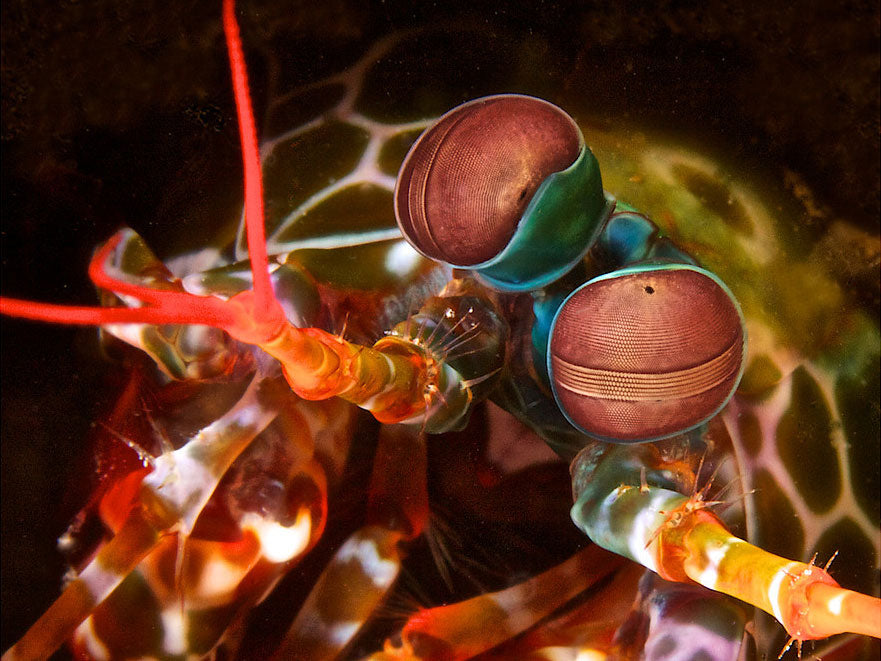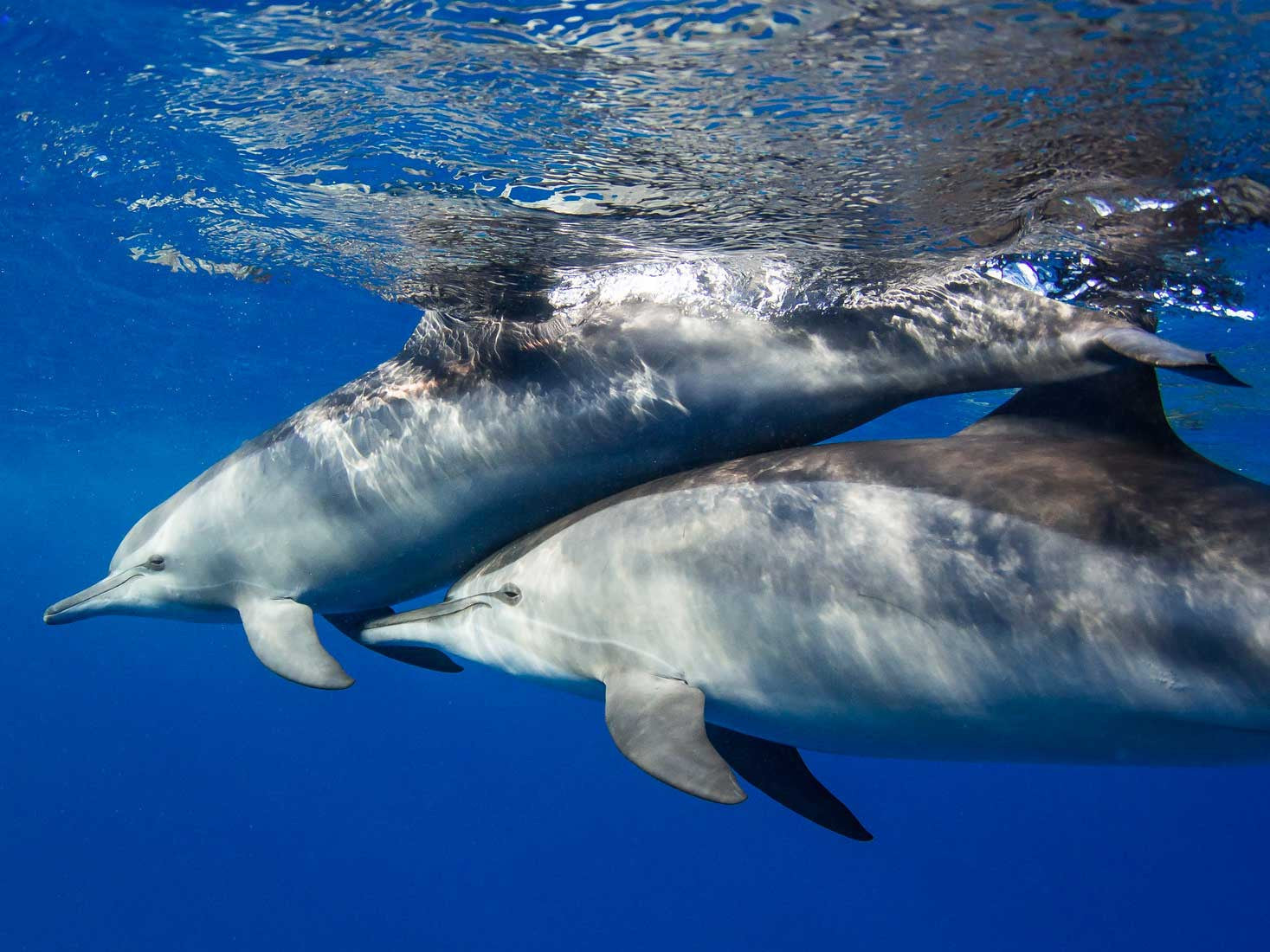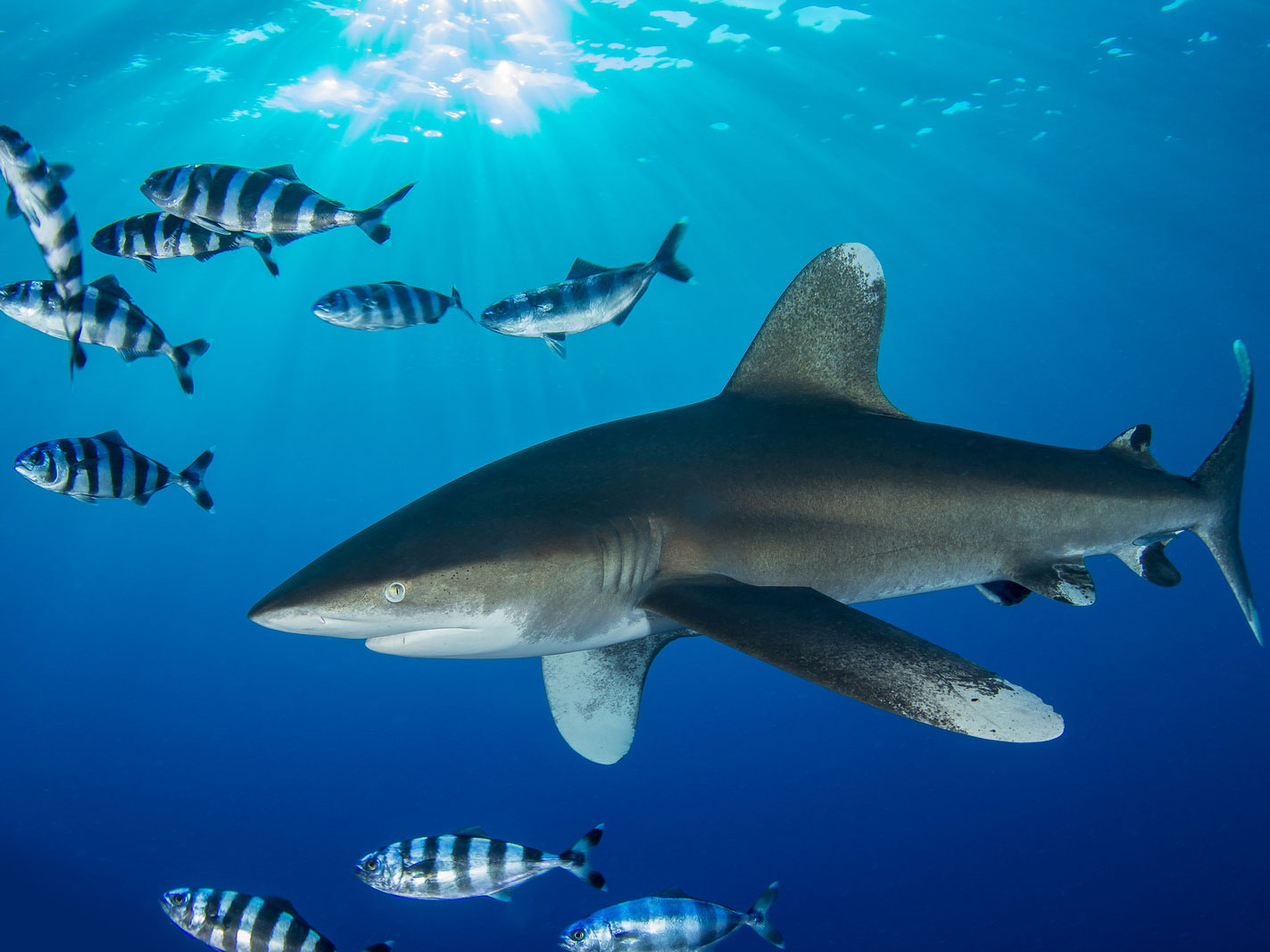Macro photography is the magic of capturing tiny subjects in an image that is larger than life and bursting with color!
A macro lens is capable of focusing very closely so that a very small subject can fill up most of the frame. A macro lens has at least a 1:1 magnification, meaning that your subject will be the same size on your camera's sensor as it is in real life.
Macro photography is everywhere. Stationary subjects are going to be easiest, so most people start with things like Christmas tree worms, nudibranch, seahorses, and so forth before moving up to moving subjects.
Where
Anywhere. Small subjects can be found everywhere in the world. Water clarity isn't as critical because you're able to get very close to the subject.
Pro tip: Watch your dive guide. They have a third eye when it comes to spotting cool things that anyone else would miss.
DSLR + Mirrorless
ISO: 100
Mode: M Manual
Aperture: The highest possible aperture for maximum depth-of-field
Shutter Speed: 1/125
Focal Length: A macro lens with a flat port is essential. Use a 60mm or narrower for cropped sensor cameras; 100mm or 105mm for a full frame.
Point + Shoot
ISO: 100 to 200
Mode: M Manual or Av Aperture Priority; choose Macro focus mode if available
Aperture: The smallest possible aperture (largest number) for maximum depth-of-field
Shutter Speed: 1/125 to 1/200
Focal Length: Zoom in
Technique
A good aiming light is critical to allow your camera to focus quickly and accurately. Timing here can be critical. Become familiar with the subject's behavior, especially if it moves quickly. Lock focus on the subject's eye and time your shot carefully. Always be aware of your surroundings and stay off the reef!
Pro Tip #1: Avoid the frustration of your camera searching for focus. If you're shooting a DSLR or mirrorless camera, use back button focus and gradually move in and out until your subject is pin sharp.
Pro Tip #2: Add a diopter to the front of your port for extra magnification.
Strobes
Position your strobe(s) close to the lens port and angle them downward to replicate the angle of the sun. The fast shutter speed will freeze the subject and the small aperture (bigger number) will offer the best depth-of-field. Shooting TTL will allow the camera and strobes to communicate, providing the perfect exposure for every shot.













